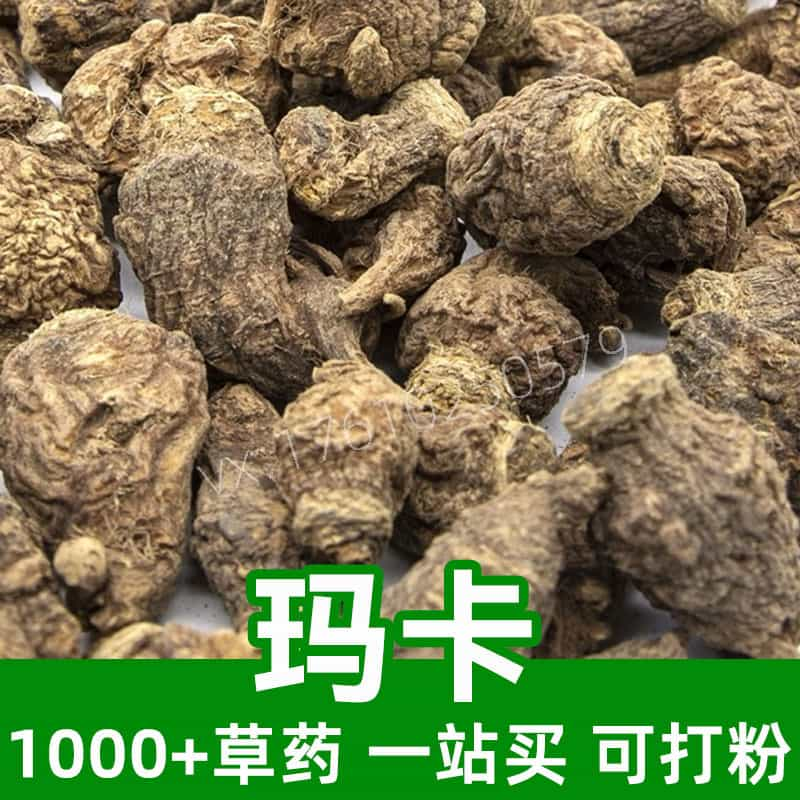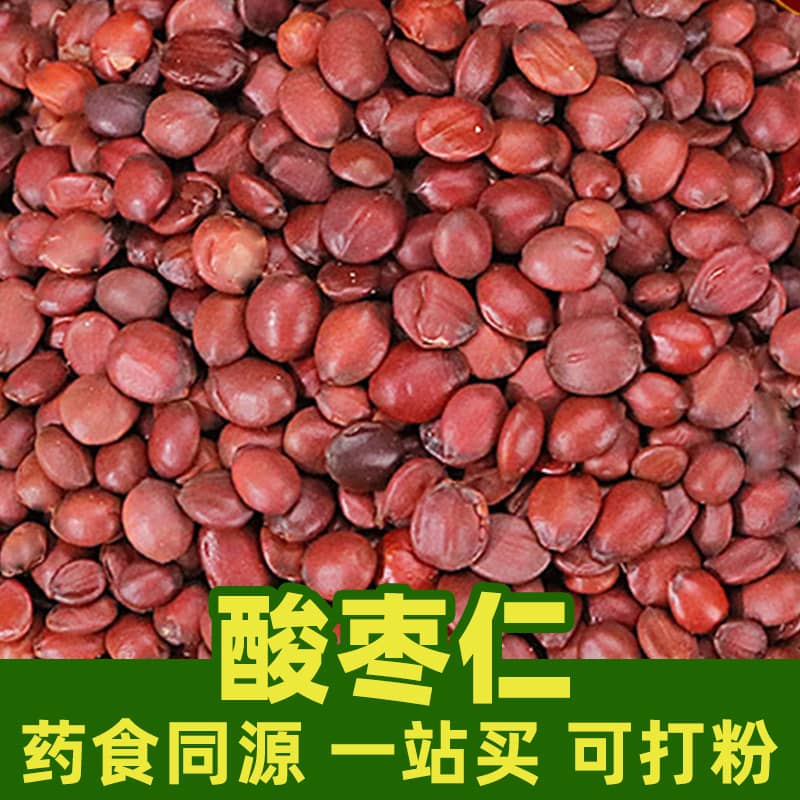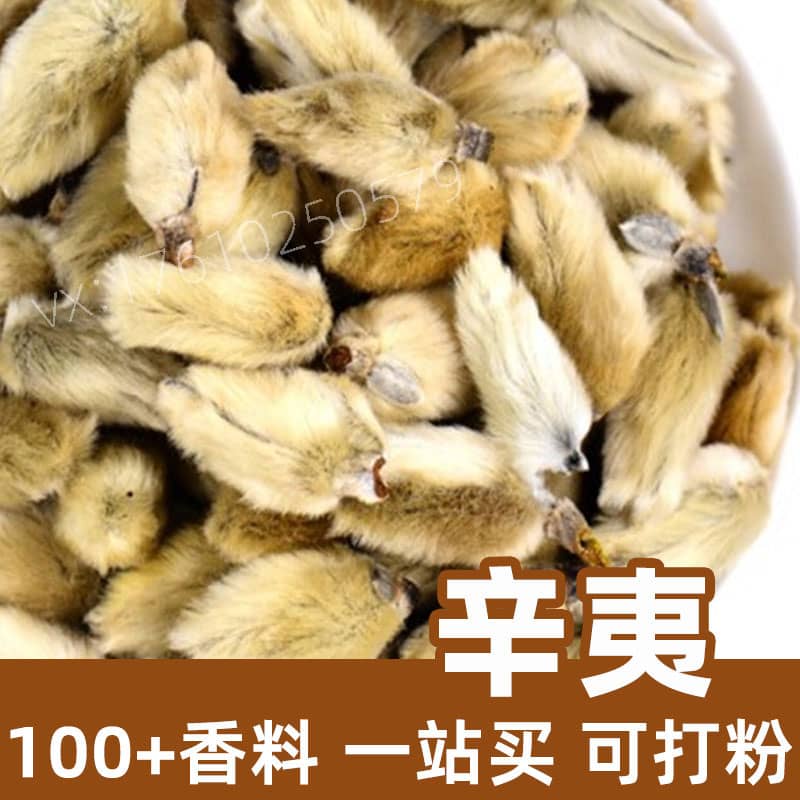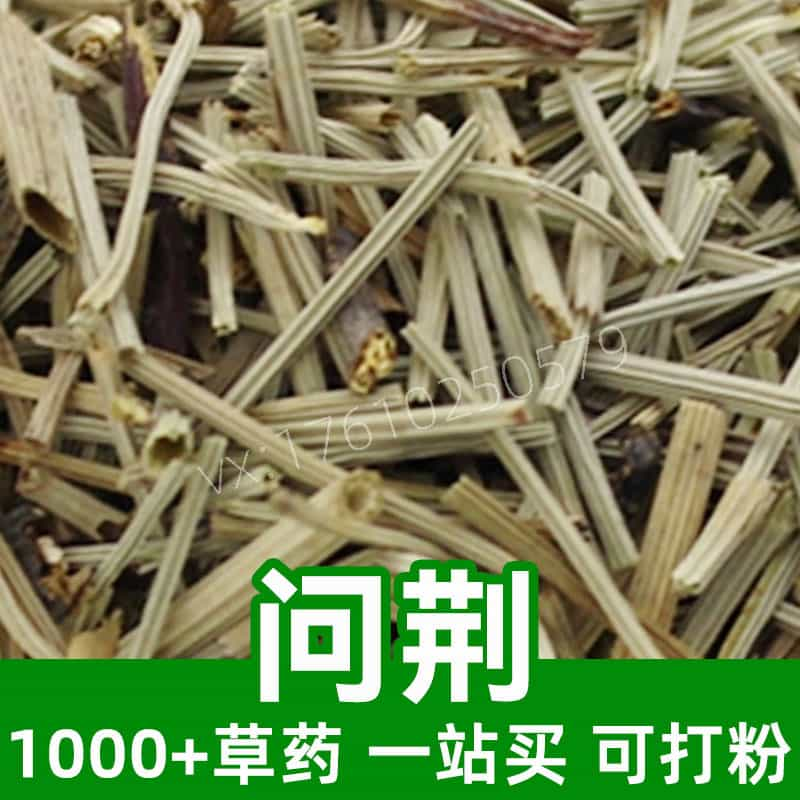Seaweed product introduction
Seaweed is a nutrient-rich marine plant, the main ingredients of which include protein, carbohydrates, vitamins and minerals. They grow in the marine environment, usually in waters such as coastlines, seabed rocks and coral reefs. Seaweed is widely used in food, cosmetics and medicine. In the food industry, seaweed is often made into foods such as kelp and laver, which are rich in nutritional value; in cosmetics, seaweed extracts are often used as moisturizers, antioxidants and other ingredients, which help protect the skin and delay aging; in the medical field, seaweed is also used to prepare medicines, such as seaweed, which has certain medicinal value.
Main active ingredients of seaweed
Seaweed is a type of marine plant rich in various nutrients. Its main active ingredients include the following aspects:
- Polysaccharides: Seaweed contains rich polysaccharides, such as seaweed polysaccharides, algin, etc., which have moisturizing, antioxidant, anti-inflammatory and other effects, and have a certain nourishing effect on the skin.
- Protein: Seaweed contains a large amount of protein, which contains a variety of essential amino acids, which plays an important role in promoting cell regeneration and repairing tissue damage.
- Vitamins: Seaweed is rich in vitamin A, B vitamins (such as vitamin B1, B2, B12, etc.), vitamin C, vitamin E, etc. These vitamins play an important role in maintaining the body's normal metabolism and immune function.
- Minerals: Seaweed is rich in minerals, such as calcium, iron, magnesium, zinc, etc. These minerals play an important role in bone health, blood circulation, nerve conduction, etc.
- Fatty acids: Seaweed contains a variety of unsaturated fatty acids, such as omega-3 fatty acids, which have the effects of lowering blood lipids, anti-thrombosis, anti-inflammatory, etc., and are helpful for cardiovascular health.
- Algae pigments: Seaweed contains various algae pigments, such as chlorophyll, carotene, carotenoids, etc. These pigments have antioxidant, anti-inflammatory, and immune-regulating effects.
- Bioactive peptides: Seaweed contains some bioactive peptides, which have antioxidant, antibacterial, anti-inflammatory and other biological activities, which help maintain good health.
- Alginic acid substances: Seaweed contains polysaccharides such as alginic acid and brown alginic acid, which have the effects of lowering blood sugar, regulating blood lipids, and anti-tumor.
- Other secondary metabolites: Seaweed also contains some secondary metabolites, such as brown algae, phycocyanin, etc., which have antioxidant, antibacterial, anti-inflammatory and other biological activities.
These ingredients make seaweed have broad application prospects in food, medicine, cosmetics and other fields, and are considered to be a natural plant resource with great nutritional and medicinal value.
Seaweed application scenarios and usage and dosage
As a nutritious marine plant, seaweed has a wide range of applications in traditional Chinese medicine and food. The following are the main application scenarios and usage and dosage of seaweed in these two fields:
- Application in the field of traditional Chinese medicine:
- Heat-clearing and detoxification: Seaweed is cool and salty in nature, has the effect of clearing heat and detoxification, and is often used to treat fever, colds, sore throat and other symptoms.
- Softening and dispersing nodules: Seaweed is rich in polysaccharides such as algin, which has the effect of softening and dispersing nodules. It can be used to treat symptoms such as nodular goiter and breast hyperplasia.
- Moisturizing and laxative: Seaweed is rich in dietary fiber, which can increase intestinal peristalsis and promote defecation. It is often used to treat intestinal problems such as constipation.
- Yin nourishing and moistening: Seaweed contains a variety of vitamins and minerals, which has the effect of nourishing yin and moistening dryness. It can be used to treat symptoms such as yin deficiency, internal heat, dry mouth and tongue.
- Application in the food field:
- Edible seaweed food: Seaweed can be made into various foods, such as kelp, laver, wakame, etc., which are rich in nutrients such as protein, vitamins, minerals, etc., which help to increase the nutritional balance of the diet.
- Seasoning: Seaweed has a savory taste and can be used to season various dishes to increase the taste and flavor of food.
- Edible seaweed: Seaweed is a plant colloid that can be used as a food additive for thickening, coagulation, emulsification, etc., and is commonly found in various foods.
- Usage and dosage:
- Boil and stew: Wash the seaweed and add it to the soup and cook it. It is often eaten with other ingredients, such as kelp tofu soup, seaweed egg drop soup, etc.
- Cold or cold: Seaweed can be chopped or torn into strips, added with seasonings and cold, or directly dipped in sauce and eaten, suitable for summer consumption.
- Eat in moderation: Generally speaking, adults should not eat too much seaweed every day. It is recommended to eat no more than 100 grams each time to avoid thyroid problems caused by excessive intake of iodine.
In general, seaweed, as a nutritious marine plant, has important application value in traditional Chinese medicine and food, but the amount needs to be controlled when eating to avoid adverse reactions.
Introduction to seaweed source plants, distribution and growth environment
Seaweed is a type of plant widely distributed in marine and freshwater environments. They belong to the phylum Algae in the plant kingdom. Seaweed includes different species such as red algae, green algae and brown algae, which play an important role in the ecosystem of the biological world. The following is an introduction to the source plants, distribution and growth environment of seaweed:
- Introduction to source plants:
- Red algae (Rhodophyta): Red algae is a type of seaweed, mainly growing in the ocean, usually red or brownish red. Red algae have a variety of forms, including filaments, sheets, branches, etc., and their cell walls are rich in silicates or calcium, which helps stabilize and protect the cells.
- Green algae (Chlorophyta): Green algae is another type of seaweed that can also grow in fresh water. Its cells contain chlorophyll, making it green. Green algae have a variety of forms, including filaments, spheres, membranes, etc., and are commonly found in oceans, lakes, rivers and other waters.
- Brown algae (Phaeophyta): Brown algae is another important representative of seaweed, usually brown or brown. Brown algae have a variety of forms, and some species grow to form large seaweed forests, such as kelp and wakame, which play an important role in the marine ecosystem.
- Distribution:
- Seaweed is widely distributed in all oceans and seas around the world, and can be found from the equatorial region to the polar regions.
- Different types of seaweed adapt to different habitats. For example, red algae and brown algae are mainly distributed in cold seas, while green algae are more likely to be found in warm seas.
- Growth environment:
- The growth of seaweed requires suitable water temperature, light, salinity and nutrients. Generally, the optimal water temperature for seaweed growth ranges from 10 degrees Celsius to 20 degrees Celsius.
- Light is an important condition for seaweed to photosynthesize, so they are mainly distributed in waters with sufficient light, such as shallow offshore areas.
- Salinity also affects the growth of seaweed. Most seaweeds are adapted to medium to high salinity seawater environments, but some species can adapt to low or high salinity waters.
In general, seaweed, as an important marine plant, is widely distributed around the world and plays a vital role in maintaining the balance and stability of the marine ecosystem.
Harvesting, processing, storage and preservation of seaweed
The harvesting, processing and storage of seaweed are important links to ensure its quality and nutritional value. The following is the relevant content:
- Harvesting:
- Seaweed is usually harvested in the ocean or fresh water. For large-scale commercial production, professional equipment and ships are usually used for harvesting, while small-scale collection may be collected by hand.
- When harvesting, choose healthy and pollution-free sea areas to avoid the impact of pollutants on the quality of seaweed.
- Processing:
- Seaweed needs to be processed after harvesting in order to extend its shelf life and improve its utilization rate. The processing steps usually include washing, drying and packaging.
- Washing is to soak the harvested seaweed in clean water to remove impurities and dirt on the surface to ensure the hygiene and safety of the seaweed.
- Drying is to place the washed seaweed in a ventilated and dry place to evaporate its moisture to achieve the purpose of quality preservation.
- After processing, the seaweed needs to be packaged, usually in sealed packaging to prevent it from being contaminated by air, moisture and light.
- Storage and preservation:
- The storage and preservation of seaweed is an important part of ensuring its quality and nutritional value. During the storage process, the following points should be noted:
- Choose a ventilated, dry, cool and dry environment for storage, and avoid exposure to sunlight or humid environments.
- Use sealed packaging to prevent the entry of air and moisture to extend the shelf life of seaweed.
- Avoid storing with odorous foods to prevent seaweed from absorbing odors and affecting taste and quality.
- The storage time of seaweed is generally short, and it is best to eat it as soon as possible after purchase to ensure its freshness and nutritional value.
In summary, the harvesting, processing, storage and preservation of seaweed need to be strictly controlled to ensure that its quality and nutritional value are not affected, so as to provide consumers with high-quality seaweed products.
Monica Sun is a seasoned expert in the natural raw materials industry, with over a decade of experience specializing in traditional Chinese medicinal herbs, spices, and fungi. She is skilled in the sourcing, processing, and application of these materials, emphasizing sustainability and innovation. Monica Sun has contributed to the development of high-quality natural raw materials that serve as essential components in functional foods, pharmaceuticals, and cosmetics, delivering tailored solutions to meet diverse market needs.
















